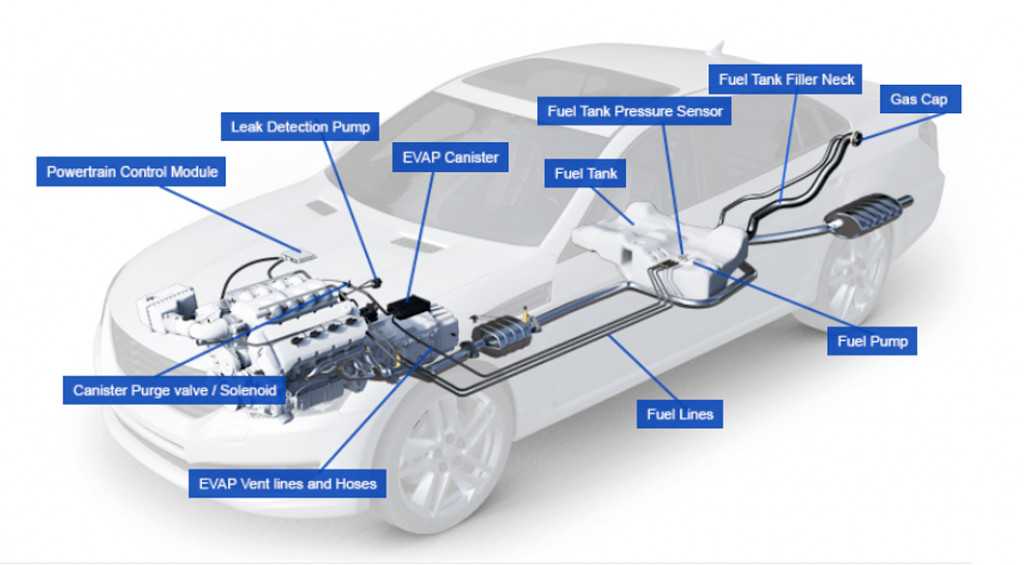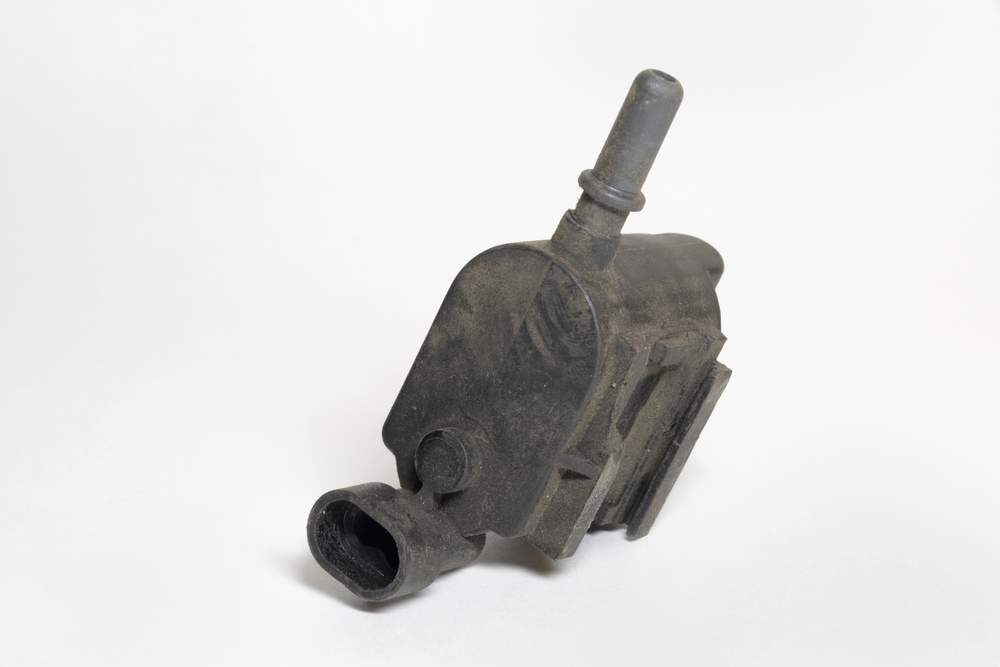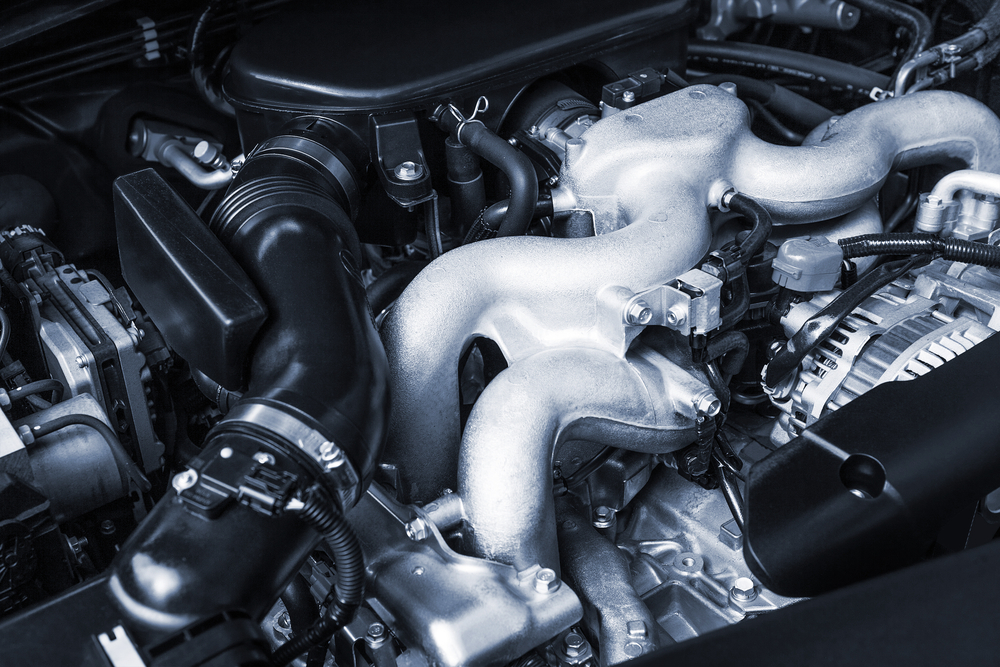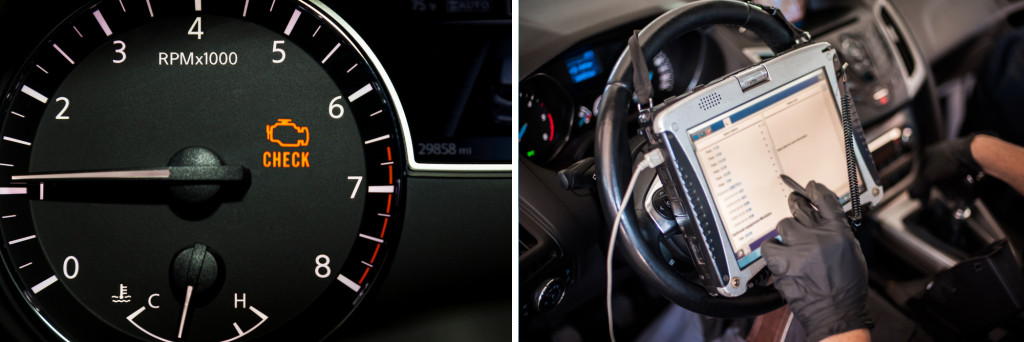Gas tanks make farting sounds when their intake manifold vacuum causes air to be drawn into the fuel tank in a throttled flow.
Farts are an unavoidable bane of human existence. These harmless yet audible explosions of gas result in plenty of embarrassment and giggles, depending on the setting. However, farts are not restricted to humans and animals alone. Did you know that even fuel tanks in your car can fart? Perhaps it’s ‘relieving’ to know that we’re not alone!
What Are Fuel Tank Farts?
Before we go any further into the subject, perhaps you should hear one of these “farts” for yourself…
Purgatory sounds emanating from the fuel filler of your vehicle can be quite unsettling. After all, that is the automotive home of an explosive fluid, and explosions are rarely certain or predictable. These farts result from air trying to fill up the vacuum present in the fuel system of the car and can often cause fault lights to come on.
Due to the volatile nature of gasoline, these gaseous expulsions are only experienced in gasoline engines. In order to understand this better, let’s take a detailed look at the evaporative emissions system of the car.
Also Read: How Is Fuel Stored At A Gas Station?
What Is An Evaporative Emissions System?

It is noteworthy that in the case of volatile fuels, such as gasoline, exhaust emissions are not the only cause of concern. Unburnt gasoline vapor present in the fuel tank may leak out and become a source of pollution, even when the engine is not functioning. Having an evaporative emissions or EVAP system in your car prevents the leakage of any harmful gasoline fumes into the environment. It consists of several components built into the fuel lines that deliver to the engine.
1. EVAP Canister
Even when the car is off, petrol keeps vaporizing in the fuel tank due to its volatile nature. These petrol fumes are arrested by a box of activated charcoal present along the fuel lines, between the intake manifold and the fuel tank. This box, known as the EVAP canister, is also equipped with valves to later release these fumes into the intake manifold.
2. Purge Valve / Solenoid
The purge valve is an electronically actuated mechanical contraption that isolates the manifold vacuum from the EVAP canister.

When the vehicle is on, the solenoid opens the valve to release stored fumes into the intake. It can often get clogged up due to gumming up of fuel additives or debris, causing it to stay held in partially open states, leaking fumes into other parts along the fuel lines.
3. Fuel Filler

The fuel filler port is as much a part of the fueling system as it is of the EVAP. Its function is not restricted to simply filling your car with fuel; it must also prevent vapors from the fuel tank from escaping to the outside atmosphere. While we are acquainted with screw-on fuel filler caps, modern designs are cap-less. This is achieved by having a spring-loaded door that opens only in one direction when filling, and otherwise remains seated against an O-ring to prevent gas leakage.
Also Read: How Does The Gas Pump Automatically Shut Off When The Tank Is Full?
What Causes The Fuel Tank To Make Farting Sounds?
The culprit at the heart of this gassy discussion is the vacuum present in the engine intake manifold. The intake manifold is a series of pipes that convey the air-fuel mixture into the engine body to combust and generate power.
Here’s a small experiment that you can try for yourself. Take a syringe and safely remove its needle. Now, plug the mouth of the syringe with the tip of your finger and try to pull the plunger back. You will notice that a vacuum is created, and the skin of your finger will be pulled further down the mouth. A very similar situation is encountered in the intake manifold when there is no supply of combustible charge, even though the pistons keep moving.
When we let off the gas pedal, there is no flow of air-fuel mixture into the intake manifold. However, the pistons continue to move, causing a vacuum to build up in the intake manifold.

Sometimes, the purge valve may remain open, or get stuck, even though the car has been switched off. The vacuum will then travel through the fuel lines right to the fuel filler, and cause air to be drawn in. As cap-less fuel fillers are spring loaded, they tend to resist this drawing in of air, resulting in the throttling of air flow into the tank. This is perceived as a farting sound and can be unsettling to many people.
What Can Be Done To Prevent Gas Tanks From Farting?
Many modern cars equipped with cap-less fillers are also equipped with a funnel to help people fill up from places other than the gas station (such as from a jerry can or siphon pipe). Merely inserting this funnel into the filler port brings air into the system and equalizes the vacuum, thereby eliminating the farting sounds.
However, you should not ignore the problem entirely, as it can point to other faults in the system, such as a bad purge solenoid, or even weak springs and O rings at the fuel filler port. Most farting sounds will be generated only when the car is turned off. On the rare occasion where such sounds are experienced in running cars, it can point to more serious issues that require professional maintenance or repair.

Most modern cars are also fitted with an on-board diagnostics (OBD) system that generates fault codes pertaining to recommended courses of action. Knowing the root cause of such problems goes a long way towards taking timely corrective measures without getting caught unaware… or simply assuming that your car has “bad gas”!
How well do you understand the article above!

